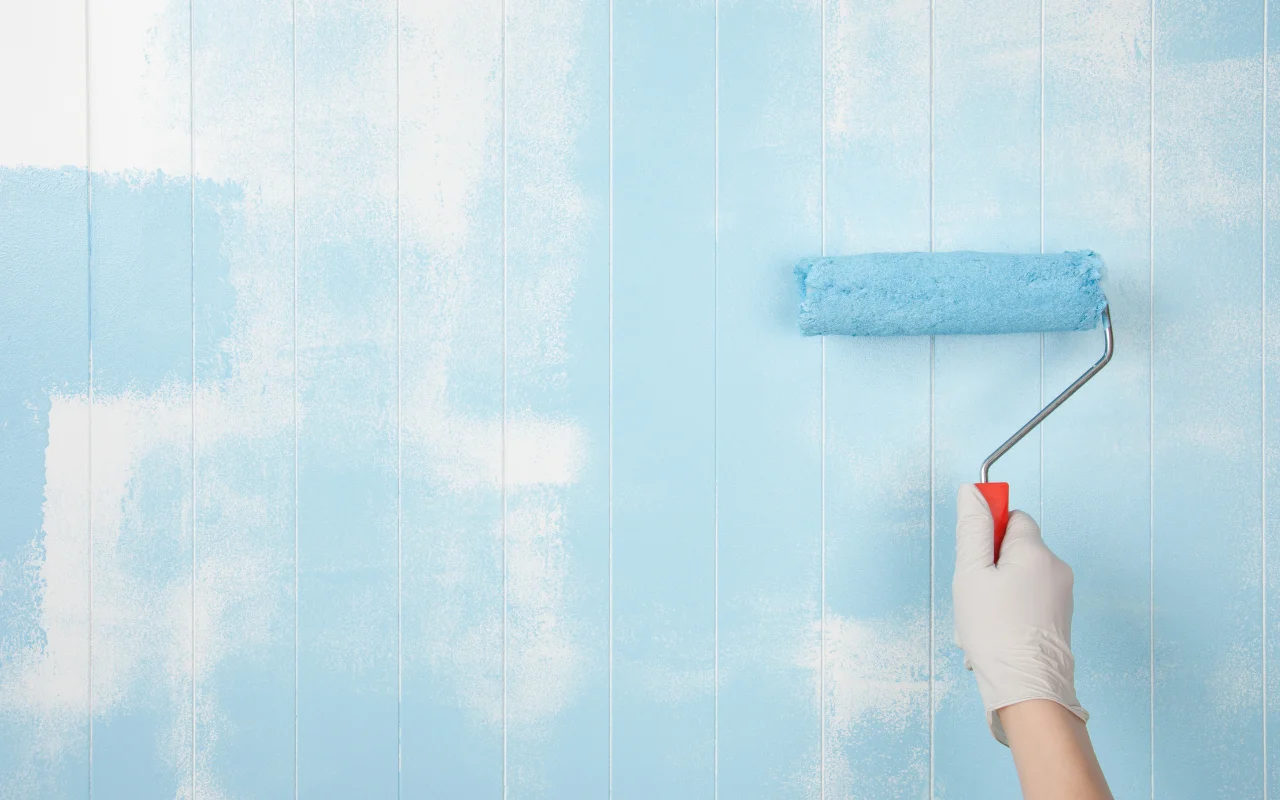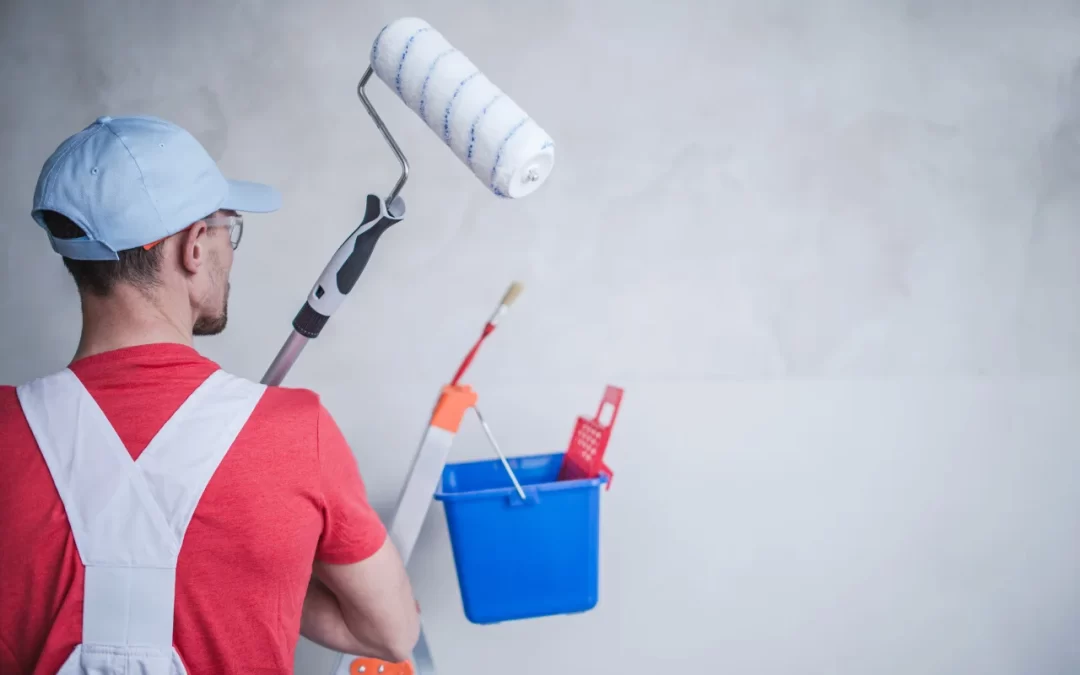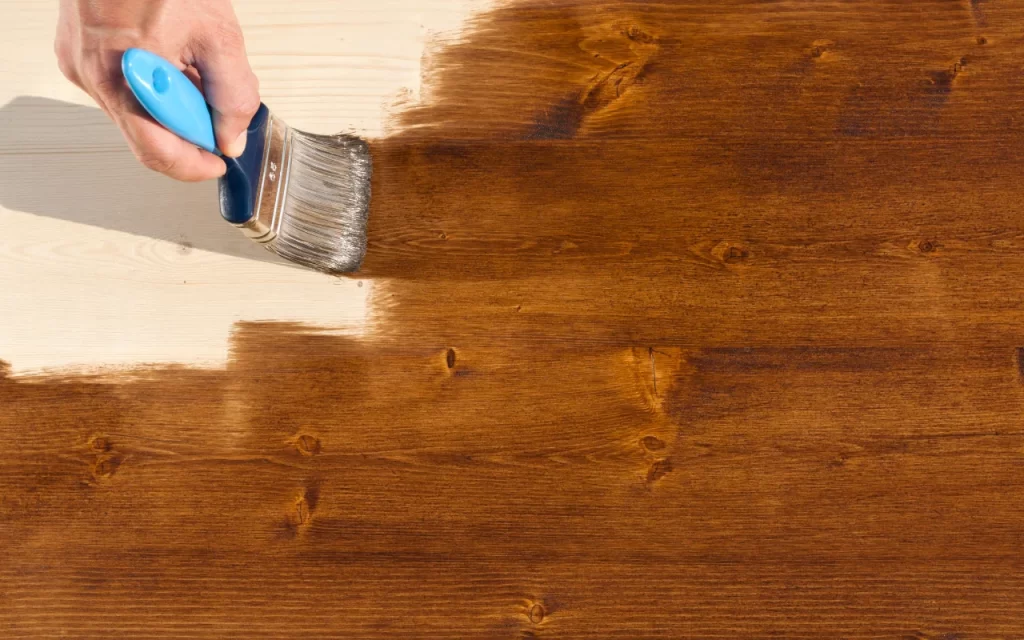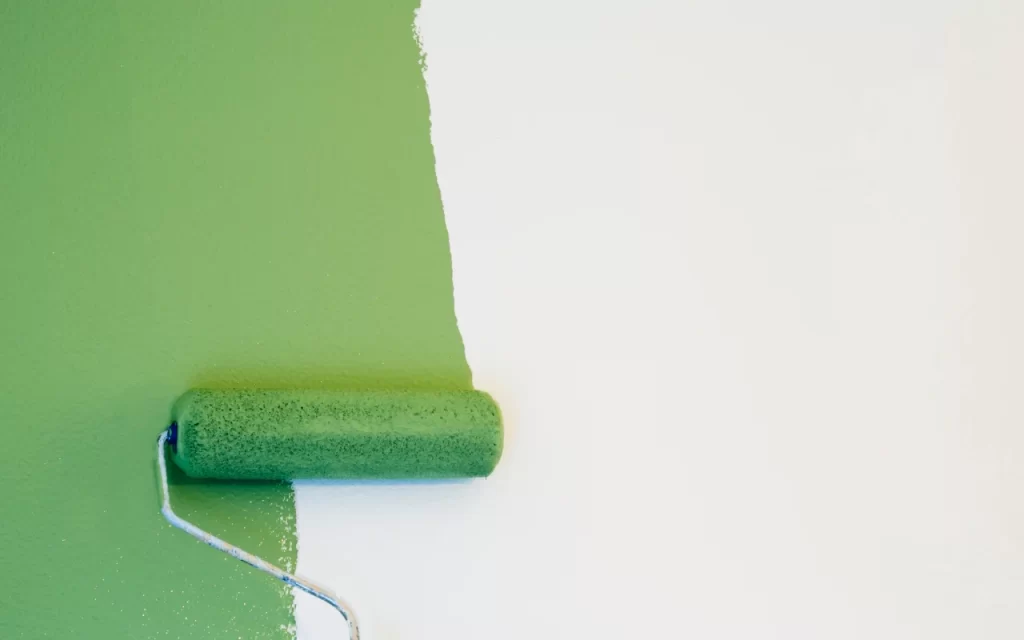Painting is one of the most effective ways to refresh a space, whether it’s your home, office, or commercial property. But one question that consistently arises during any painting project is: How long does it take for paint to dry? The answer isn’t as straightforward as many think—it depends on several factors, including the type of paint, the surface, environmental conditions, and even the number of coats applied.
In this comprehensive guide, we’ll explain the drying process, the various types of paint and how they differ, and tips for ensuring the best possible results. Whether you’re repainting your living room or scheduling a commercial project, understanding drying times can help you plan better and avoid costly mistakes.
Why Paint Drying Time Matters
Drying time isn’t just about waiting—it’s about making sure your work doesn’t get ruined. Applying a second coat too soon can lead to bubbling, streaking, or peeling. Not allowing enough time before using the painted space can also result in damage, smudges, or a less-than-professional finish. This is especially important in commercial painting and body corporate painting projects where quality and durability are paramount.
Knowing how long to wait also allows for better project scheduling, whether you’re painting a single room or an entire building. Let’s explore the science behind how paint dries.
The Four Stages of Paint Drying
Before diving into specific drying times, it helps to understand the different stages paint goes through after application:
- Surface Dry: The outermost layer is no longer wet to the touch, usually within 1-2 hours.
- Touch Dry: You can gently touch the paint without it sticking to your fingers. This typically occurs 2-4 hours after painting.
- Hard Dry: The paint has cured to the point where it can resist pressure and minor scuffs—often 8 hours to overnight.
- Fully Cured: This is when the paint reaches maximum hardness and durability. Curing can take anywhere from a few days to a month depending on the paint type.
Each of these stages plays a role in determining when you can apply another coat, clean the walls, or move furniture back into the room.
How Different Types of Paint Affect Drying Time
Water-Based Paints
Water-based or latex paints are the most common type used in residential painting and interior jobs. They typically dry faster than oil-based options.
- Surface Dry: 1 hour
- Recoat Time: 4 hours
- Fully Cured: 2–3 weeks
These paints are ideal for walls and ceilings and are preferred for their low odor and ease of cleaning.
Oil-Based Paints
Oil-based paints are more durable and often used in high-traffic areas or on trim and cabinetry. However, they take longer to dry.
- Surface Dry: 6–8 hours
- Recoat Time: 24 hours
- Fully Cured: Up to 7 days
Because of their extended drying time, oil-based paints require more patience and proper ventilation.
Specialty Paints
Epoxy, enamel, and chalk paints all have unique formulas and drying timelines. For example, epoxy can harden quickly but takes longer to fully cure, while chalk paint dries fast but may need a wax finish for durability.
Environmental Factors That Impact Drying Time
Paint drying is not just about the type of product used. Environmental conditions can significantly affect how quickly or slowly your paint dries.
Temperature
Most paints are formulated to dry best between 15°C and 25°C. Too hot, and the paint can dry too fast, leading to cracking. Too cold, and drying slows dramatically.
Humidity
High humidity prolongs drying times by slowing the evaporation of water or solvents. Aim for 40-70% relative humidity for optimal results.
Ventilation
Good air circulation speeds up drying by helping moisture evaporate faster. This is especially crucial in enclosed areas or when using oil-based products.
Surface Type
Porous surfaces like untreated wood or plaster absorb paint more quickly and may dry faster on the surface but still require additional time to cure fully.
How Many Coats Are You Applying?
Each additional coat adds more moisture and material that needs to dry. Most painting projects require at least two coats for full coverage and color richness.
Before applying the next coat, ensure the first one is completely touch dry and, ideally, closer to the hard dry stage. Always check the manufacturer’s instructions on the paint can for the most accurate guidance.

Tips to Speed Up Paint Drying Time
While it’s never a good idea to rush the process, a few strategies can help you speed up drying without sacrificing quality:
- Use fans or open windows to boost ventilation.
- Apply thinner coats instead of thick layers.
- Choose quick-drying paints designed for faster results.
- Use dehumidifiers in overly moist environments.
- Paint in ideal weather conditions when working outdoors.
These tips are especially helpful when painting larger areas or on tight schedules, like in body corporate painting jobs where downtime needs to be minimized.
Common Mistakes to Avoid
- Not allowing enough time between coats. Even if the paint feels dry to the touch, it might not be ready for another layer.
- Painting in the wrong conditions. Avoid painting in extreme humidity or cold unless you’re using products specifically designed for those environments.
- Skipping prep work. Uneven or dirty surfaces can affect adhesion and drying time. See our guide on how to prep walls for painting to avoid these issues.
Best Paints for Quick Drying
If time is a factor, choosing the right product from the start is key. Some brands manufacture paints labeled as “quick-dry” or “fast-dry” that are ideal for rapid turnaround projects. For indoor projects, refer to our list of the best interior wall paint in Australia for recommendations that balance speed, quality, and durability.
How Long Before You Can Use the Space?
Drying time doesn’t mean the room is ready for full use. Here’s a quick guideline depending on the room’s function:
- Bedrooms & Living Rooms: Wait 24 hours before moving furniture back.
- Bathrooms & Kitchens: Give it 48–72 hours due to humidity and frequent use.
- Commercial Spaces: Depending on the paint, aim for 72 hours minimum before heavy traffic resumes.
If the space needs to be used sooner, consult a professional to explore low-VOC, quick-dry options tailored for commercial or high-use environments.
Let Us Handle the Drying Time—Professionally
At Stretch Paints, we know that a quality paint job is more than just applying color. It’s about timing, technique, and knowing which products work best in different environments. Whether you’re freshening up a home, updating a business space, or managing a large complex, we have the experience and tools to deliver flawless results with minimal disruption.
By trusting us with your next painting project, you won’t have to worry about how long the paint will take to dry—we’ve got it covered from prep to finish.
Key Takeaways on Paint Drying Times
Understanding how long paint takes to dry is crucial to any successful painting job. From choosing the right type of paint to knowing when to apply the next coat, being informed can save you time, money, and frustration. Always consider the paint formula, environmental conditions, surface material, and number of coats before planning your timeline.
Whether you’re tackling a DIY project or hiring experts, patience is key to achieving that perfect finish.
And if you’re looking for professional help with residential painting, commercial painting, or body corporate painting, or need to learn more about how to prep walls for painting or the best interior wall paint in Australia, we’re here to help you make the right choice the first time.




Recent Comments